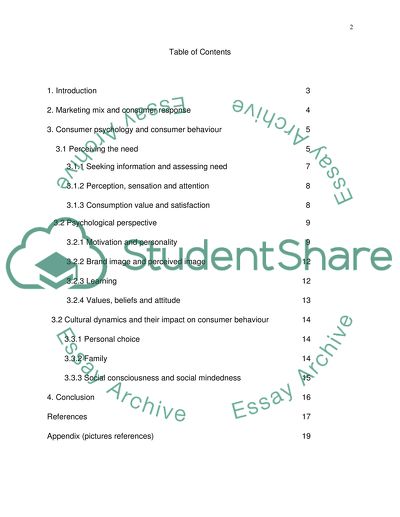Cite this document
(“Consumer Behaviour Case Study on Hellman's Essay”, n.d.)
Consumer Behaviour Case Study on Hellman's Essay. Retrieved from https://studentshare.org/marketing/1402587-consumer-behaviour-case-study-hellman-s
Consumer Behaviour Case Study on Hellman's Essay. Retrieved from https://studentshare.org/marketing/1402587-consumer-behaviour-case-study-hellman-s
(Consumer Behaviour Case Study on Hellman'S Essay)
Consumer Behaviour Case Study on Hellman'S Essay. https://studentshare.org/marketing/1402587-consumer-behaviour-case-study-hellman-s.
Consumer Behaviour Case Study on Hellman'S Essay. https://studentshare.org/marketing/1402587-consumer-behaviour-case-study-hellman-s.
“Consumer Behaviour Case Study on Hellman'S Essay”, n.d. https://studentshare.org/marketing/1402587-consumer-behaviour-case-study-hellman-s.


